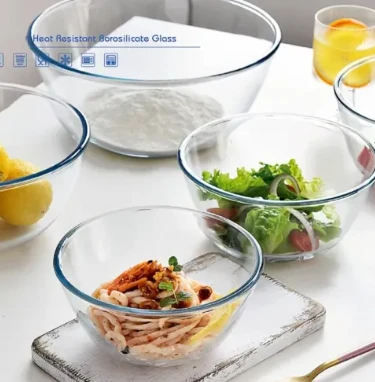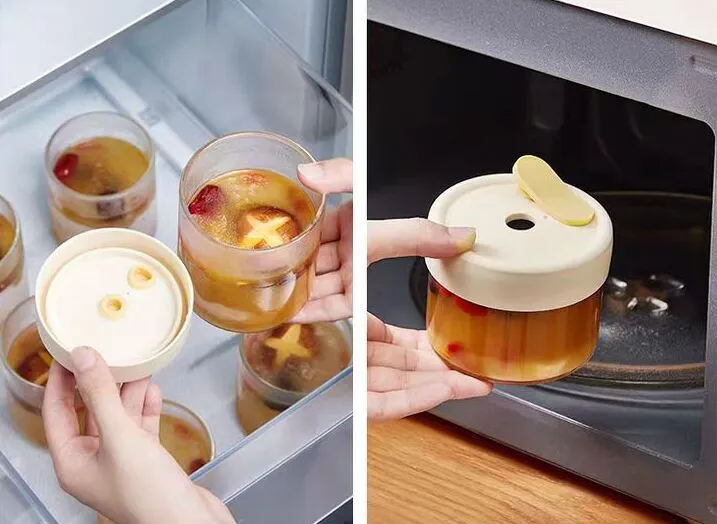In addition to safety and functionality, leak-proof glass storage containers are designed with convenience in mind. Many brands incorporate airtight lids that not only prevent spills but also create a vacuum seal, prolonging the freshness of the contents. No more worrying about sauces spilling in your bag or fridge! These containers are ideal for soups, salads, and any liquid-based food items. The variety in sizes and shapes also allows users to accommodate different meal portions, whether for lunch, dinner, or snacks.
 Home
Home











